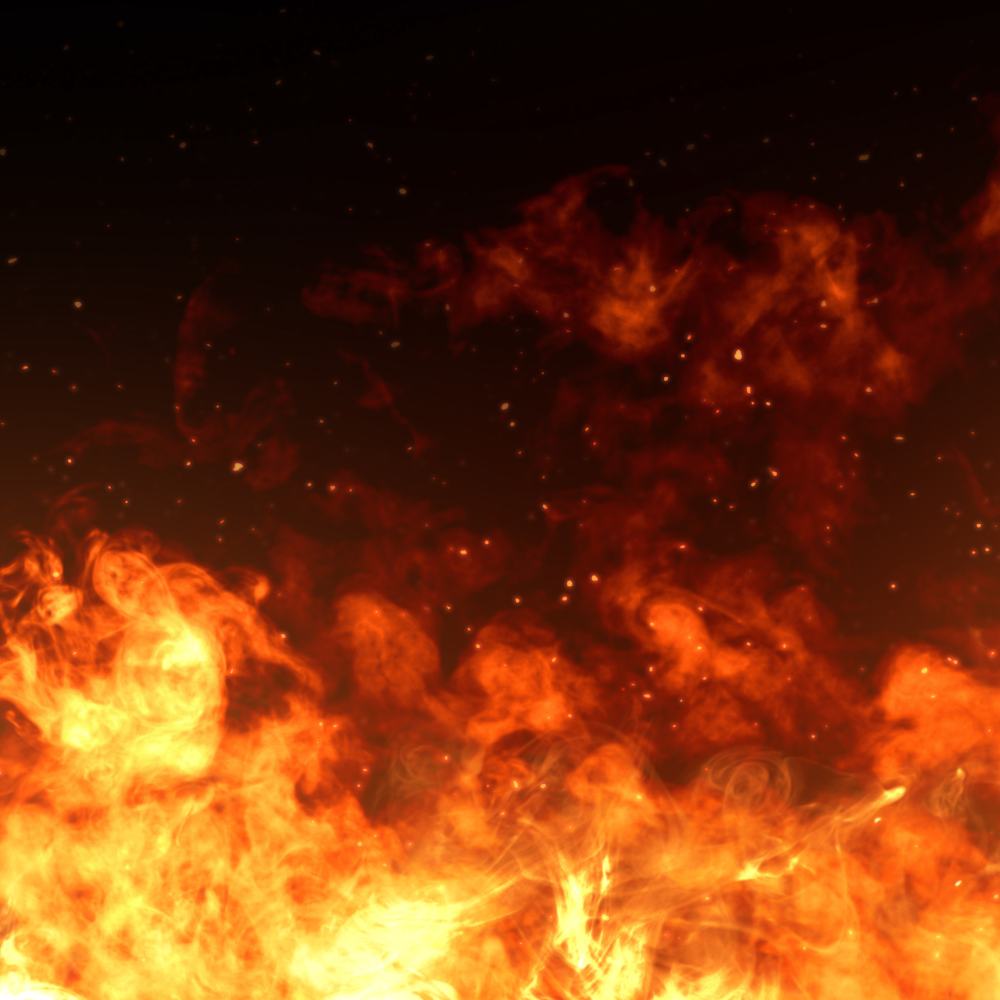
How does a sun allergy manifest itself and what helps to fight it?
The so-called sun allergy is not an allergy in the classic sense. A number of clinical pictures such as polymorphous photodermatosis, solar urticaria and Majorcan acne are grouped together under the term sun allergy. A dermatologist takes stock of the different faces of sun allergy.
Dr. Carsten Weishaupt is a private lecturer and responsible for the photodermatological consultation at the University Hospital of Münster. In an ongoing interview, the skin expert explains what forms of sun allergy there are, how those affected can best protect themselves and what treatment options are available.
Do the sun's rays have a positive or negative effect on the skin?
"Both, of course," says Dr. Weishaupt. According to him, exposure to the sun is associated with a certain effect of well-being. In addition, the important production of vitamin D is dependent on the sun.
However, Weishaupt points out that the sun's rays are very high energy radiation. If the skin is too exposed to this radiation, it ages faster and inflammatory changes such as sunburn or skin cancer can occur.
Is sun allergy really an allergic reaction?
"The word 'sun allergy' is actually misleading because the term usually tries to describe different skin reactions to sun exposure," the skin expert explains.
The so-called polymorphic lucite is actually an allergic reaction to sunlight. However, this form accounts for only 18% of all cases of sun allergy. "Majorcan acne", which causes the formation of many small pimples on the skin, also belongs to the group of polymorphic fireflies.
According to Dr. Weishaupt, these allergies must be distinguished from toxic skin reactions, which often occur in connection with other substances applied to the skin.
What are the symptoms of polymorphic lucite?
according to Dr. Weishaupt, the appearance of a polymorphic lucite can be completely different: "Bubbles can appear, papules can appear, there can simply be pimples, it can also itch... a polymorphic reaction in the literal sense ."
Although "Majorcan acne" is also part of the polymorphic light eruptions, this form of sun allergy is manifested by small nodules in the skin, which usually have an inflamed edge.
"It often only occurs after a few days, especially when the skin is not yet used to the sun", explains the dermatologist. The nodules often take a relatively long time to disappear.
How can victims protect themselves?
"Unfortunately, the message affected people don't like to hear is this: to avoid sun allergy, the smartest thing to do is to stay away from extreme sun exposure at all times," says the expert. Appropriate measures include:
Apply sunscreen, wear clothing to protect against UV rays, seek shade, avoid intense midday sun.You can find more measures in the article: Preventing sunburn: The most effective methods to protect yourself from the sun.
What can be done against the symptoms?
as Dr. Weishaupt reports that there are many different treatment options for sun allergy symptoms: "In the case of solar urticaria, it differs somewhat from the other forms because antihistamines are also effective here."
As already mentioned, according to the doctor, avoiding direct sun helps the best. However, the skin can also gradually get used to the sun to some extent.
Cortisone can relieve occasional symptoms caused by sun allergy. However, if the symptoms occur regularly and are very pronounced, according to Dr. Weishaupt, you should think about getting used to the sun.
How to get the skin used to the sun?
Weishaupt warns that tanning beds should not be used to habituate the skin to the sun, as they are "one of the main causes of skin cancer". Instead, dermatologists use special light booths to accustom patients to sunlight.
In light booths, the amount of UVA or UVB radiation that hits the skin is precisely metered. "You should have medical support when getting used to the sun," advises the sun allergy expert. Typically, such light therapy is continued over a longer period of time as maintenance therapy. (vb)
Author and source information
Show nowThis text corresponds to the specifications of the specialized medical literature, medical guidelines and current studies and has been verified by health professionals.
Author:
Graduate editor (FH) Volker Blasek
Sources:
Münster University Hospital: Itching, papules, pustules: Sun allergy has many faces (publication: July 12, 2022), ukm.deImportant note:
This article contains general advice only and should not be used for self-diagnosis or treatment. It cannot substitute a visit to the doctor.



